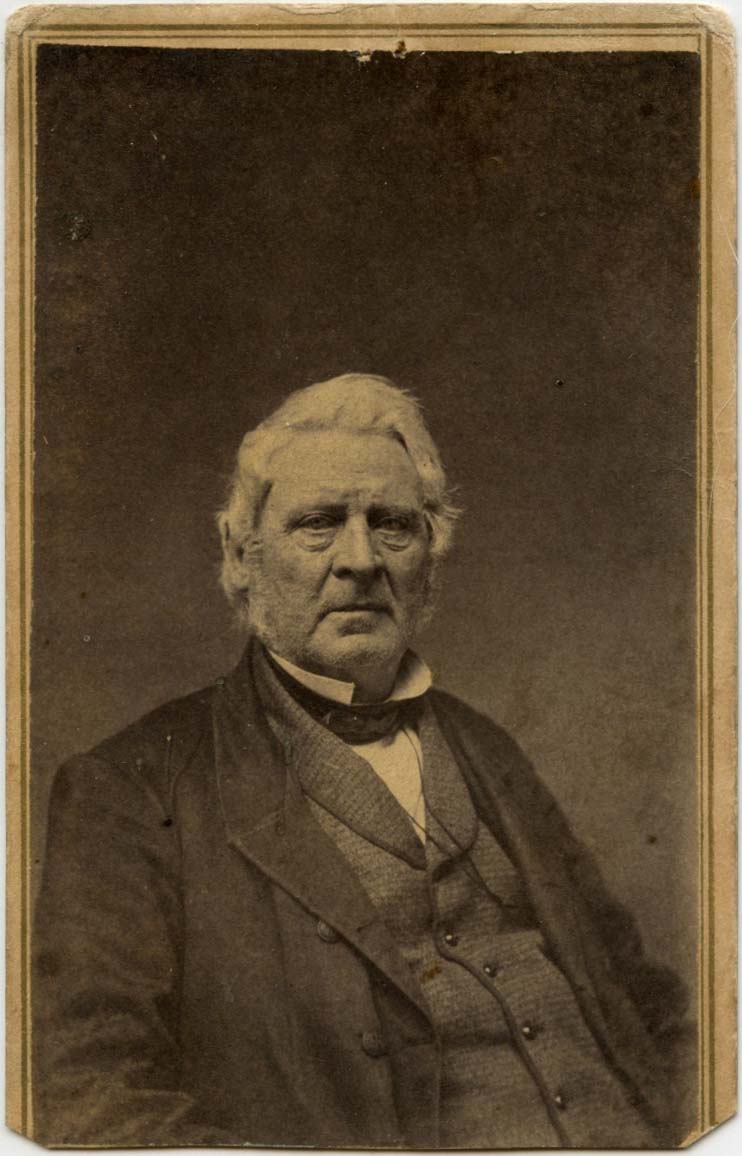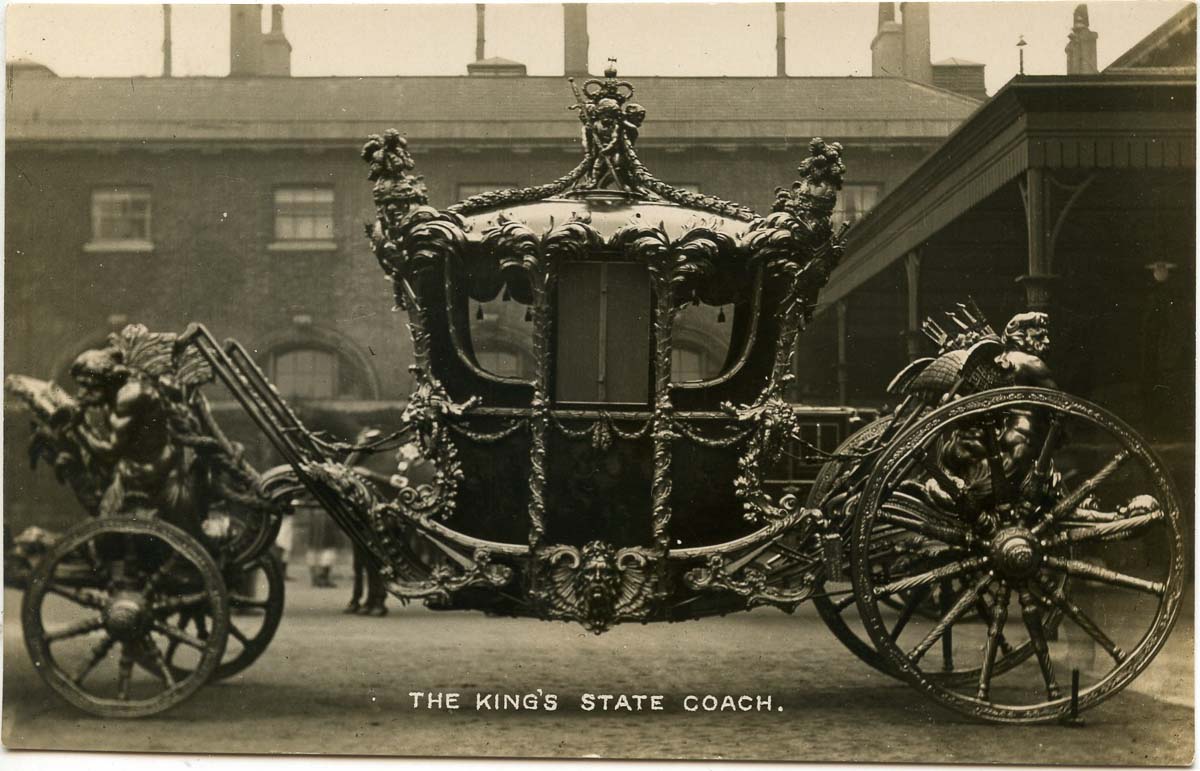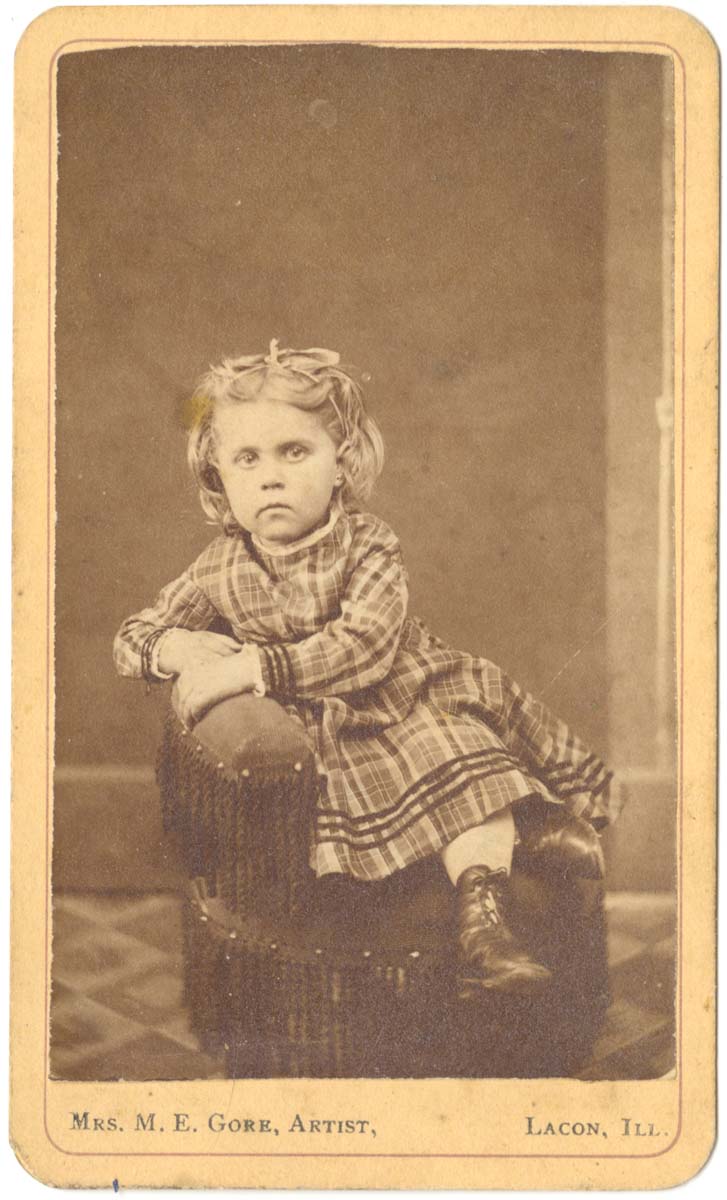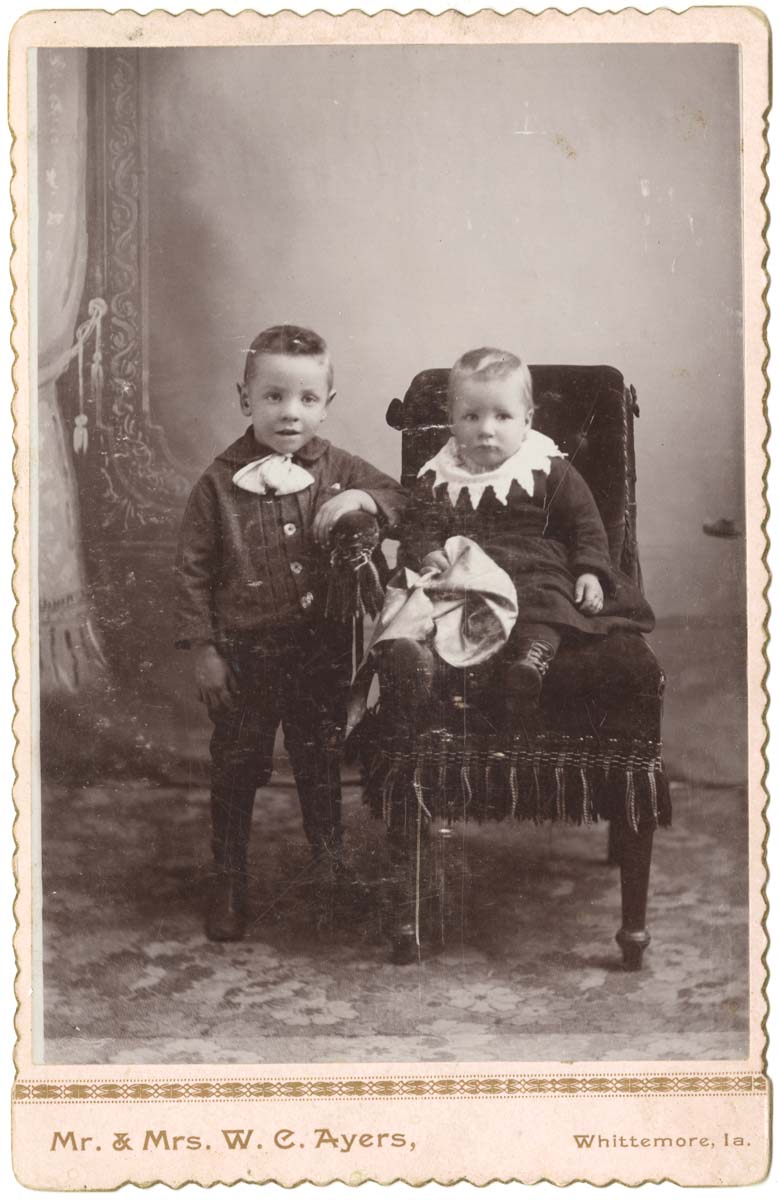- HOME
- ABOUT
- BIOS
- PROJECTS
* indicates multiple projects
- NEWS
- DONORS
- CONTRIBUTE
- APPLICATION
BIO
Margaret Denny
Margaret Denny received her Ph.D. in Art History from the University of Illinois at Chicago in 2010 with her dissertation From Commerce to Art: American Women Photographers 1850-1900. She has taught courses in art history and the history of photography at colleges and universities in Chicago, Illinois. Her area of specialization is photo history with a research concentration on women in commercial photography in America and Great Britain.
Denny has presented papers at national and international conferences and published several essays on nineteenth- and early twentieth-century photography including: “Mrs. Alfred Broom’s Interesting ‘Snap Shot’ Post Cards” in Soldiers and Suffragettes: The Photography of Christina Broom, exhibition catalog Museum of London (London: Philip Wilson Publishers, 2015); “Catharine Weed Barnes Ward: Advocate for Victorian Women Photographers,” History of Photography, 36:2 (May 2012); “Royals, Royalties and Remuneration: American and British Women Photographers in the Victorian Era”.
Women’s History Review, 18: 5 (November 2009).
PROJECT
From Commerce to Art: American Women Photographers 1850-1900
2007
In 2007, as a Ph.D. candidate in Art History at the University of Illinois at Chicago, I applied to the Peter E. Palmquist Fund for Historical Photographic Research for a grant to research his collection at Yale’s Beinecke Rare Book and Manuscript Library to complete my dissertation. I sought to fill a void in the literature on American women photographers during photography’s formative years that had come to my attention while working as a research assistant in the Department of Photography at the Art Institute of Chicago. A passage from my original application states,
I met Peter E. Palmquist when I made an online inquiry to the Daguerrean Society seeking information on women photographers in the medium’s early days. Peter’s response was most welcoming. As a result, in 2001, I made the first of three one-week research trips to his archive in Arcata, CA. Peter always offered encouragement and instructive comments which helped structure my research methodology – advice for directory and census research “line by line,” and “to find the women, look for the men.” With Peter’s guidance, and research materials, I too began to “put meat on the bones” as he would say about reconstructing biographies of the pioneer practitioners.
From Commerce to Art: American Women Photographers 1850-1900, my dissertation, is a thorough investigation of nineteenth-century American women’s engagement with photography as commercial photographers and as amateur art photographers. Through expanded case studies, the research brings together examples of many previously unknown women to illustrate that women were actively engaged with photography from the onset of the medium in America. By examining the popular and professional press, advertisements, diaries and letters, and the photographs themselves, this research also brings to light an extensive body of new primary materials.
The study considers how gender informed women’s experience as photographers, artists, and entrepreneurs in relationship to their roles as women, and the complex intersection of these categories. It argues that although the traditional ideal for women did not fit the public arena of photography, women went beyond the domestic sphere, expanding gender roles and ultimately changed the field of photography through their dedication as studio owners, camera operators, writers, lecturers, and competitors. Finally, through their engagement with the relatively new artistic and commercially viable medium, women broke barriers, displayed agency, gained confidence, independence, and a sense of freedom.
Peter’s passion for photography, in particular, women in photography inspires me to continue my research and writing on nineteenth- and early twentieth-century women photographers. I have published several articles on photography and have begun collecting photographs by women working in this early period–cartes de visite and cabinet cards illustrating photographers’ names, studio locations and logos, several photo books, and gelatin silver prints. The exhibition Margaret Bourke-White’s Different World, co-curated with Amy Galpin, Ph.D., was on display at the Cornell Fine Arts Museum, Rollins College, in Winter Park, Florida, May 24-August 26, 2018. Two of my contributing essays “Photographs from the U.S.S.R: Shifting Eyes on Russia” and “Women Under Fire: Broadcasters and Photo Journalists in WWII” appear in the accompanying catalog. My article Viewing and Display: Pre-photography to the 1970s will be published in the upcoming anthology Handbook of Photography, Gil Pasternak editor, Bloomsbury Publishing, London (2019). Future plans include a book manuscript titled: For Love and Money: Women in Commercial Photography in Nineteenth-Century America. rollins.edu.
Attached are abstracts for several of my articles:
Royals, royalties and remuneration: American and British Women Photographers in the Victorian Era tandfonline.com/*
Catharine Weed Barnes Ward: Advocate for Victorian Women Photographers tandfonline.com/*



